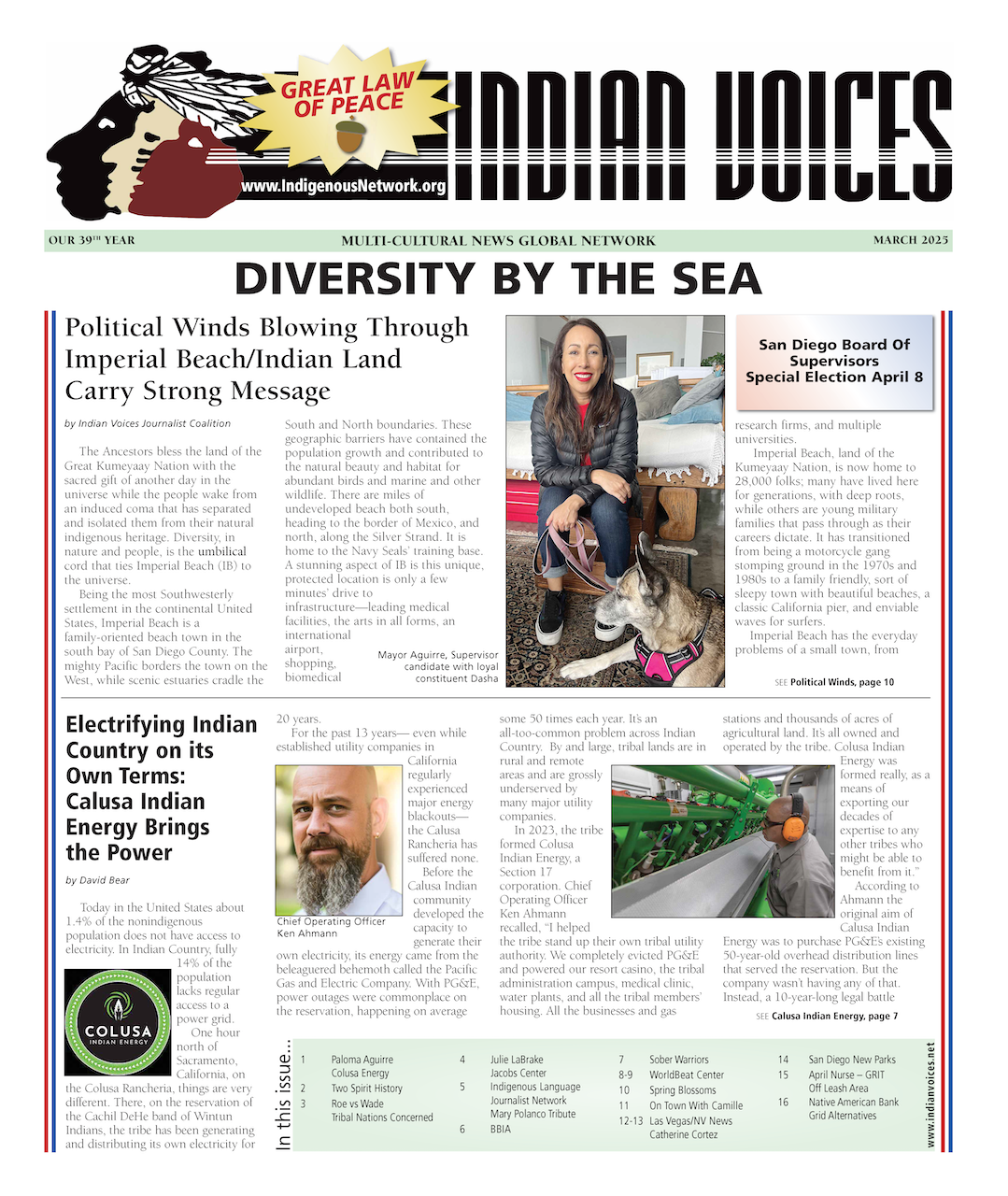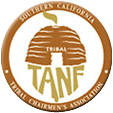Interview with William Loren Katz, author of BLACK INDIANS: A HIDDEN HERITAGE
(Historian George Tooks interviews William Loren Katz about the 2012 edition of Black Indians.)
Tooks: What was it about Black Indians that so touched people that it remained in print for a quarter of a century, and now its expanded 2012 edition is finding so many readers?
Katz: Well, we know it wasn’t the media. Black Indians was greeted by the deafening silence by mainstream media, and where it was noticed it received a skeptical “IF this is true, it is interesting.”
Tooks: Was it family interest then?
Katz: I think that’s a close as one can get to its attraction to so many, and also explains why it generated so much passion. African American families did know they had an Indian branch in their family tree, but few had little idea how it got there, what it represented, or how far back it went. It was a topic of wonder discussed at family dinners, and didn’t go reach further back. Some family members tried to find out more about this aunt or that Black Indian uncle. So Black Indians provided a view of the larger historic relationship between two people, and particularly heroic part in democracy’s march across the Americas.
Tooks: What do you use the word “heroic?”
Katz: For centuries white historians conveyed the view that Africans were content under slavery, did little to resist, did not try to escape, and had no one to turn to if they did. Black Indians details how Africans resisted slavery and often found a red hand of friendship.
Tooks: Did Black Indians play a role in the Civil War?
Katz: They fought some of the war’s earliest and most significant battles in the Indian Territory under Senator Jim Lane -- before the Emancipation Proclamation. Their commanding officers were white abolitionists who rode with John Brown.
Tooks: Were Black Indians in east also involved in the Civil War?
Katz: A great example in the Lowry Band in Robeson county North Carolina, Black Indians that also included a mixture of whites and escaped slave. The Confederate government tried to seize them to help its build its fortresses, and they resisted in what became an eight year war. They not only clashed with the Confederate Home Guard to maintain their independence and liberty. When General Sherman’s army cut through the southern states in November 1864, the Lowry Band guided them through a torrential rain storm in what Sherman called “the damndest marching I ever saw -- and this helped ended the Civil War soon. Then the Lowry Band went on to fight the Ku Klux Klan for four more years.
Tooks: Why was the story of the Lowry Band and the resistance in the Indian Territory kept hidden?
Katz: In order to keep people down you have to hide their willingness and ability to resist tyranny. You instead claim they are a docile people, contented sheep who were not cruelly treated, even were happy to embrace Christianity and civilization, and loved of their masters. Slave revolts were not only suppressed, but so was any news about them, lest African Americans feel inspired. A people with knowledge is a people with power. And that was the last thing slave owners in the Americas wanted to reach those whom they enslaved.
Tooks: So why didn’t this heroic resistance emerge after slavery ended?
Katz: What followed emancipation was not freedom but new racist oppressions – peonage, the convict lease system, lynching, anti-Black riots, segregation, etc. It remained necessary to prevent the oppressed from learning their ancestors’ tradition of resistance and that Indians, the first Americans enslaved and the earliest victims of racist violence, helped fuel and support African American resistance.
Tooks: It is rescued history such as this that makes the 2012 edition so important for people to know and for schools to teach. Weren’t you a teacher for years?
Katz: Yes, I spent 14 years teaching US history in New York public schools. There I learned a false history is designed to keep people in ignorance and without power, and a true history can empower people.
-----------------------------------------------------------------------------
Essays and ordering information about the 2012 edition of Black Indians: A Hidden Heritage can be found at www.williamlkatz.com





